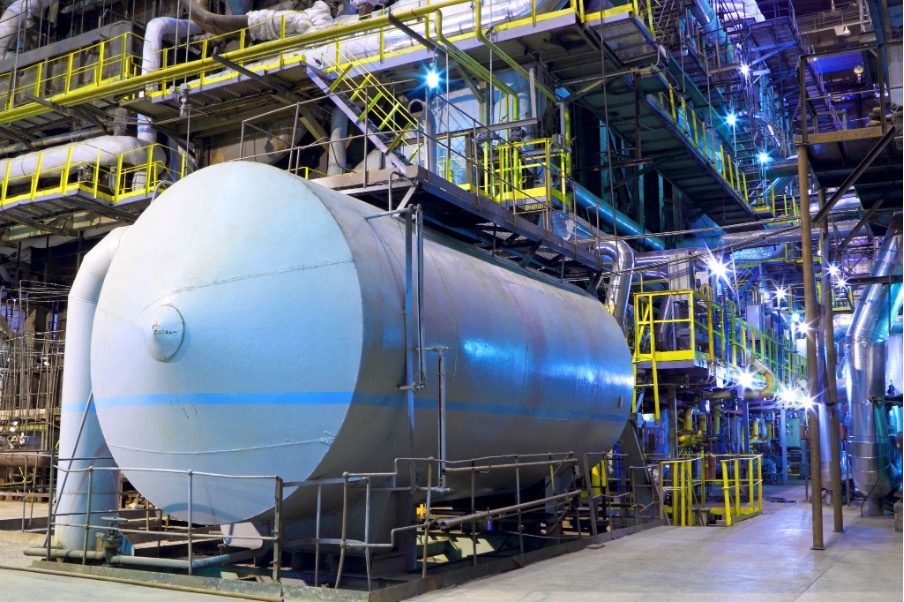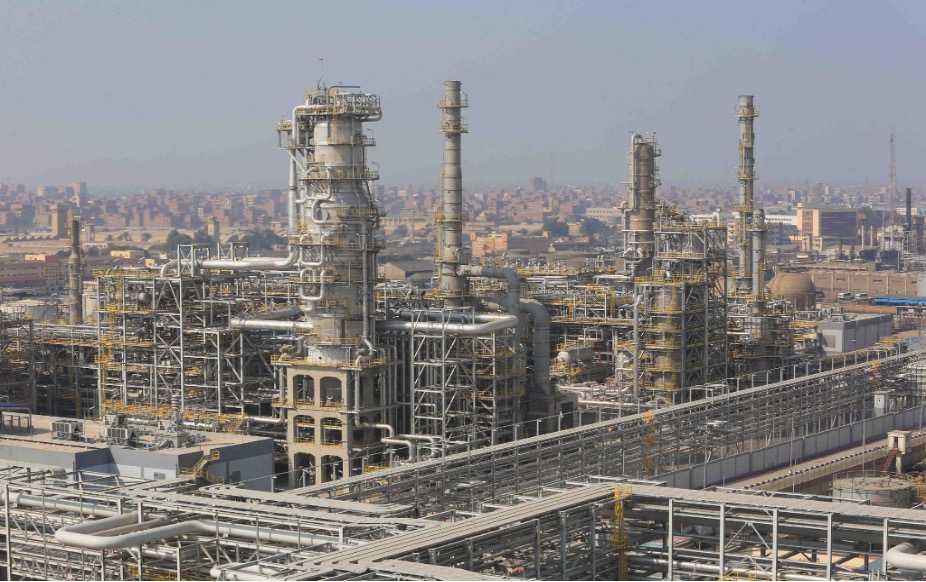Policy shapes how petrochemical plants use energy, cut emissions, and plan investments. In Egypt, policy signals on gas supply, renewables, and hydrogen matter for site selection, technology choices, and export plans. This guide links the Petrochemical Industry with National Energy Policies in plain language and shows where plants can act now.
Why policy matters for petrochemicals
National Energy Policies set the ground rules: access to gas and power, incentives for renewables and co‑generation, and emissions targets that influence project economics. Egypt’s long‑term vision calls for advancing refining and petrochemicals while shifting toward cleaner energy over time (Egypt Vision 2030). Egypt’s updated climate plan specifies targets through 2030, including mitigation goals for the oil and gas value chain.
For context, other countries publish detailed energy policies that guide heavy industry, such as Eswatini’s framework on energy access and regulation (FAOLEX policy PDF) and Ghana’s 2021 policy update on power sector reform and renewables (Ghana Energy Policy 2021). These references highlight common tools—tariffs, licensing, and clean‑energy targets—that affect petrochemical competitiveness.
Energy consumption in petrochemical production
Petrochemical sites draw large amounts of fuel gas, steam, and electricity. Crackers, reformers, and derivative units consume energy at different intensities, so policies that stabilize gas supply and power quality directly affect yields and uptime. Sector snapshots show Egypt expanding domestic petrochemicals under a plan through 2040 to increase value added and reduce import exposure. System‑wide power projects inside the petroleum sector now include utility‑scale solar installs at refineries and EGPC sites to lighten grid demand (Reuters – refinery solar projects).
Practical moves for plants
- Audit energy balances by unit and time of day; tie losses to specific operating modes.
- Secure interruptible vs. firm gas contracts based on process criticality.
- Compare power tariffs with on‑site generation, co‑generation, or solar‑plus‑storage where land allows.
Role of renewables in industrial energy supply
Renewables can cover auxiliary loads (utilities, buildings, water systems) and, when paired with storage, reduce peak demand. Egypt keeps adding large solar and wind projects to lift the renewable share of generation, with recent financing for multi‑hundred‑megawatt projects to feed the grid (Reuters – Scatec deals, 2025). Policy timelines evolve, and the government periodically resets targets and priorities across gas and renewables (Reuters policy context).
What this means on site:
- Tie rooftop or ground‑mount solar to desalination, cooling towers, and admin facilities.
- Use hybrid contracts (grid + PPA) to manage price volatility.
- Track grid‑connection rules and curtailment risk when sizing systems.
Co‑generation and energy recovery systems
Combined heat and power (CHP) and waste‑heat recovery raise overall efficiency by producing steam and power from one fuel input. Sector analysis in Egypt points to strong CHP potential at refineries and petrochemical complexes. Global case work shows how steam‑system integration and recovery of flare/stack heat can lift energy use factors and cut specific emissions (technical review examples: PSE Community paper; engineering cases in refineries via MDPI Processes).
Plant checklist:
- Map low‑grade heat sinks (deaerators, preheaters) and match them with waste‑heat sources.
- Evaluate gas‑turbine vs. gas‑engine CHP based on steam‑to‑power ratios and maintenance profile.
- Bundle CHP with condensate recovery and variable‑speed drives to lock in savings.
Green hydrogen integration

Hydrogen will not replace all fossil inputs soon, but it can clean up ammonia, methanol, and refinery hydrotreating when green power is available. Egypt is positioning SCZone as a hub for green fuel projects, signing multiple MoUs and framework agreements and advancing export‑linked deals (SCZone green hydrogen news; Reuters on hydrogen MoUs). An active hydrogen program supports petrochemical derivatives and creates options for low‑carbon methanol and ammonia.
How to start:
- Identify units where you consume hydrogen today; set baselines for purity and flow.
- Plan pilots that blend green hydrogen where feasible and size electrolysers around reliable renewable power.
- Use SCZone policies and infrastructure where they shorten permitting and export logistics (SCZone news page).
Balancing energy needs with emissions targets
Plants must keep energy costs under control while meeting national and corporate emissions goals. Egypt’s Updated NDC sets sector targets and links to energy efficiency and flare minimization across oil and gas (Updated NDC, 2023; quick read via IEA). The policy path runs through energy management, heat‑integration, electrification of drives, and renewable procurement.
Quick wins:
- Add continuous monitoring for furnaces and boilers; optimize excess oxygen and heat recovery.
- Electrify pumps and compressors where lifecycle costs beat gas drivers.
- Replace thermal oxidizers with catalytic units where feasible to cut fuel.
Regulatory influence on industrial energy use
Electricity market reforms and licensing frameworks shape on‑site generation and wheeling. Egypt’s Electricity Law 87/2015 opened the market to private participation and defined roles for regulation and grid access. Policy direction also appears in green‑growth evaluations that call for clearer incentives for efficiency and industrial decarbonization (OECD Green Growth Review, 2024). Broader commentary underscores how government rules on subsidies, carbon, and permitting affect petrochemical energy choices (overview note).
Egypt’s energy policy outlook and petrochemical alignment
Egypt continues to expand downstream capacity and update the National Petrochemicals Plan to 2040, aiming to raise output and enable higher‑value products (Egypt Oil & Gas – policy update; State Information Service brief). In parallel, the country advances renewables through grid‑scale projects and targets hydrogen export platforms from SCZone (Reuters – Scatec financing; SCZone green hydrogen).
Alignment ideas for operators:
- Site CHP where gas supply is firm and steam demand is stable; link with grid‑tied solar to shave peaks.
- Prepare for product carbon‑footprint requests by instrumenting energy and flaring data.
- Use SCZone or industrial‑zone incentives that support export‑grade low‑carbon products.
Moharram and Anchorage Investments: building energy‑aware petrochemicals
Anchorage Investments, led by Dr. Ahmed Moharram, positions projects at the intersection of petrochemicals and energy systems. The company describes plans that integrate feedstock, utilities, and downstream processing with a view to long‑term resilience and export growth (company overview). Dr. Moharram’s background in chemical engineering and strategy supports this approach. Under his leadership, Anchorage pursues projects that:
- Combine chemical manufacturing with secure energy supply and recovery systems.
- Advance environmental performance by designing for efficiency and lower emissions from day one.
- Align with Egypt Vision 2030 priorities for industry and exports (Vision 2030).
Conclusion: policy‑driven action for competitive plants
National Energy Policies set the pace for petrochemical growth. In Egypt, plant teams can respond by improving energy intensity, adding CHP and waste‑heat recovery, and piloting green hydrogen where renewables are reliable. Track regulatory updates, grid access rules, and export‑market standards. These steps support compliance with National Energy Policies while strengthening margins and reliability.
